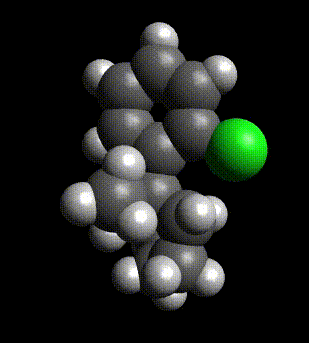About Ketamine
 Ketamine is an anesthetic medication first synthesized in 1962 under the name CI-581. After clinical trials in the late 1960’s, it was approved by the US Food and Drug Administration in 1970.¹
Ketamine is an anesthetic medication first synthesized in 1962 under the name CI-581. After clinical trials in the late 1960’s, it was approved by the US Food and Drug Administration in 1970.¹
Unlike many anesthetic medications, ketamine tends to preserve respiratory and cardiovascular function even at high doses. Due to this wide margin of safety, it has become one of the primary medications used to treat injured soldiers on the battlefield. It even appears on the World Health Organization’s “List of Essential Medicines” due to its safety and efficacy.
Ketamine’s potential as a powerful antidepressant came to light more than years ago.² Since then, multiple scientific studies have demonstrated the positive effects of ketamine therapy, and the administration of ketamine for mental health conditions has gained momentum as an accepted practice in the US and abroad.
Ketamine provides an innovative alternative for individuals seeking a faster path to relief. Unlike traditional treatments, it works quickly, offering noticeable improvements in a much shorter time. When other approaches have fallen short, it brings a renewed sense of hope and the possibility of meaningful change.
While ketamine infusions for mental health and chronic pain conditions are still considered off-label uses of the medication by the FDA, evidence continues to mount for it’s efficacy. The former director of the National Institute of Mental Health has said, “Recent data suggest that ketamine, given intravenously, might be the most important breakthrough in antidepressant treatment in decades.” (Thomas Insel, MD)

Image by: Surströmming98, Licensed
CC BY-SA 3.0, via Wikimedia Commons